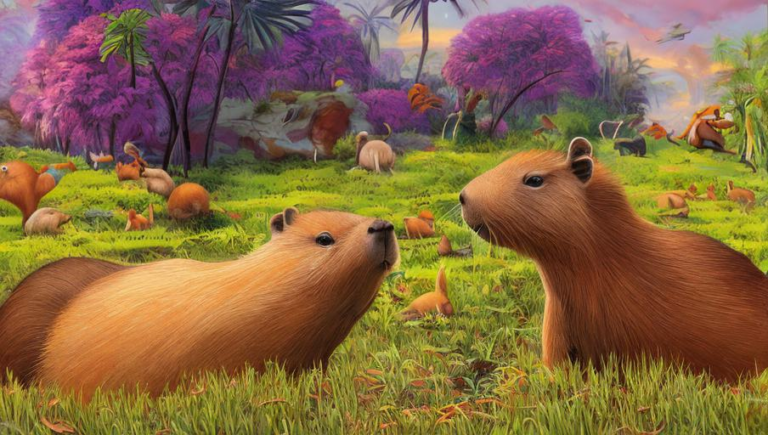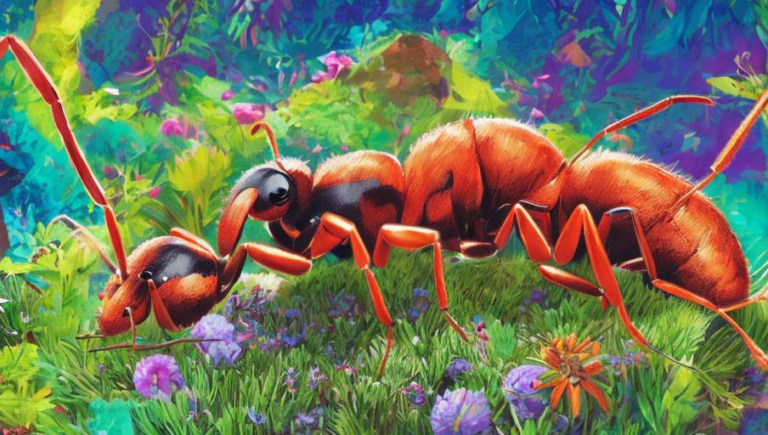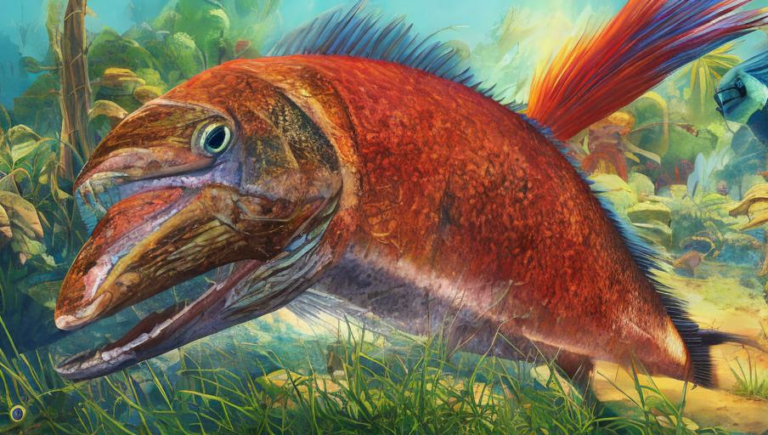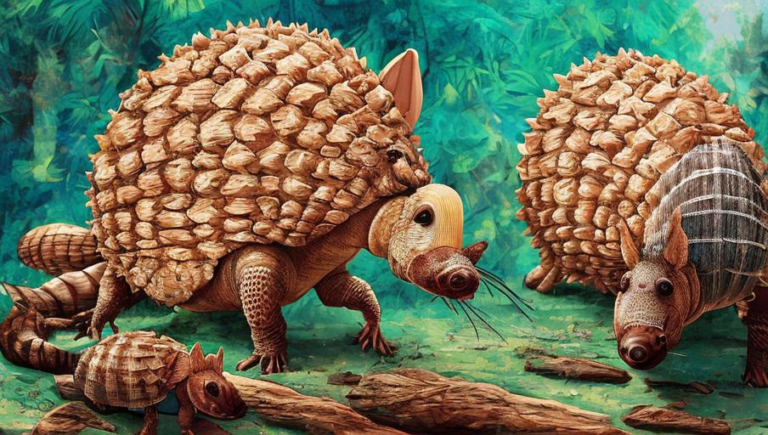Saving the Species: Conservation Efforts for Barracuda
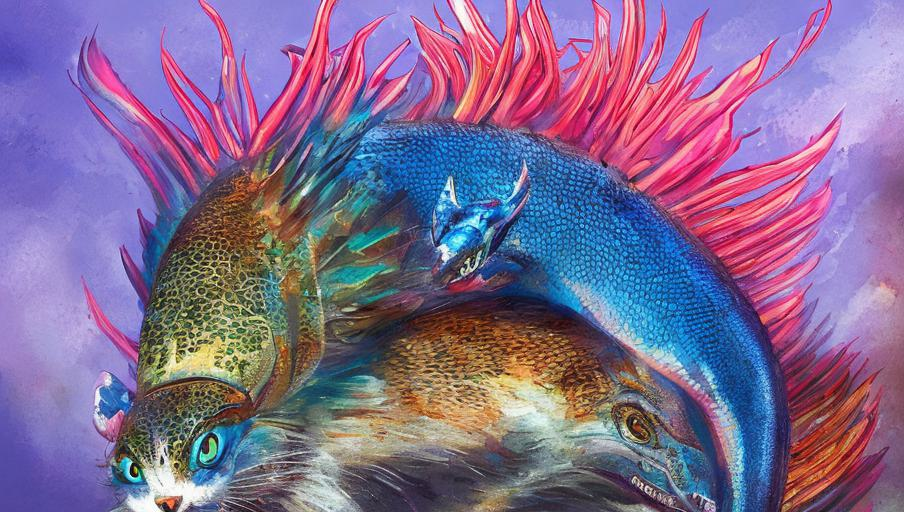
Introduction
Barracudas are a large species of predatory fish that live in tropical and subtropical waters around the world. These fish are known for their long, streamlined bodies and large, powerful jaws. Barracudas are also known for their voracious appetite, as they have been known to eat just about anything they can fit in their mouths. Despite their intimidating appearance, barracudas are an important species to the health of marine ecosystems, so it is important to understand how to protect them from harm.
Habitat and Distribution
Barracudas can be found in most tropical and subtropical regions of the world. They can be found in both marine and brackish waters. Barracudas prefer to live in waters with plenty of coral reefs, seagrass beds, and mangrove forests. Barracudas are also found in estuaries and near shorelines. Barracudas are not found in cold water habitats such as the Arctic and Antarctic oceans.
Conservation Status
Barracudas are listed as “Least Concern” by the International Union for Conservation of Nature (IUCN). This is because there is currently no major threat to the species, and their populations are not declining. However, this could change in the future if certain threats to the species are not addressed.
Threats to Barracuda
Despite their current conservation status, there are still some threats to the species. One of the biggest threats is overfishing. Barracudas are a popular catch for recreational and commercial fishermen, and overfishing can lead to population declines. Pollution, habitat degradation, and climate change are also major threats to barracudas.
Conservation Efforts
Fortunately, there are some conservation efforts in place to help protect barracudas. One effort is the establishment of marine protected areas, which are areas of the ocean where fishing is prohibited or restricted. This allows the barracudas in those areas to thrive without the threat of overfishing. Additionally, many countries have implemented regulations on fishing gear and techniques to help reduce bycatch. Bycatch is when non-target species, such as barracudas, are accidentally caught in fishing nets. Finally, organizations such as the International Union for Conservation of Nature (IUCN) and the World Wildlife Fund (WWF) are working to raise awareness about the importance of barracuda conservation.
Conclusion
Barracudas are an important species to the health of marine ecosystems, and it is important to understand how to protect them from harm. Overfishing, pollution, habitat degradation, and climate change are all threats to barracudas, but there are some conservation efforts in place to help protect them. Marine protected areas, regulations on fishing gear and techniques, and awareness-raising efforts by organizations such as the IUCN and WWF are all helping to protect barracudas and ensure that they can continue to thrive in the future.
